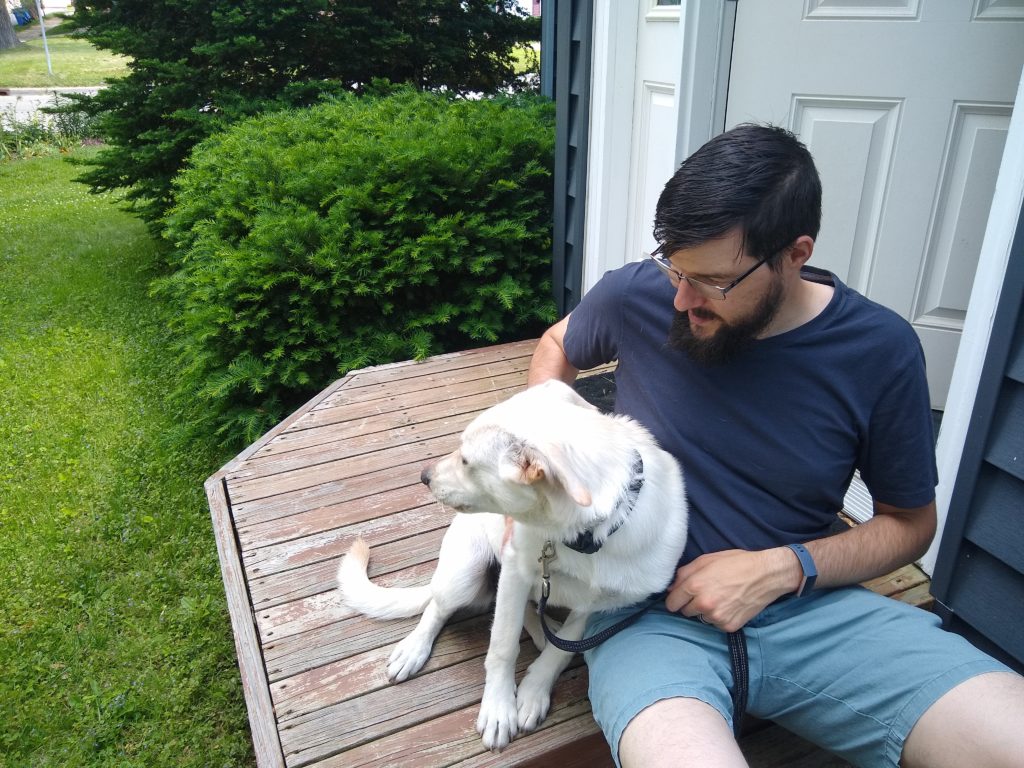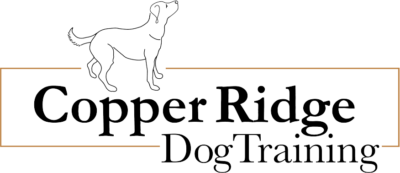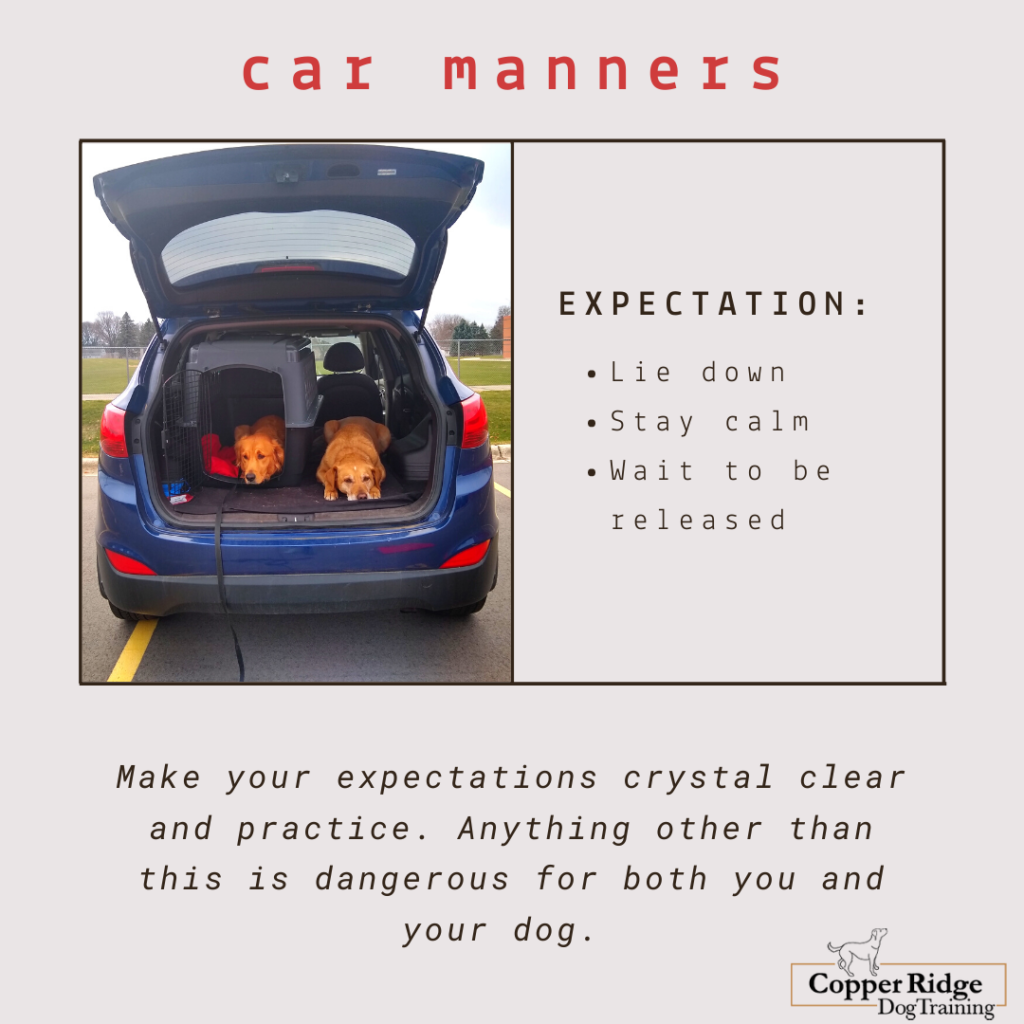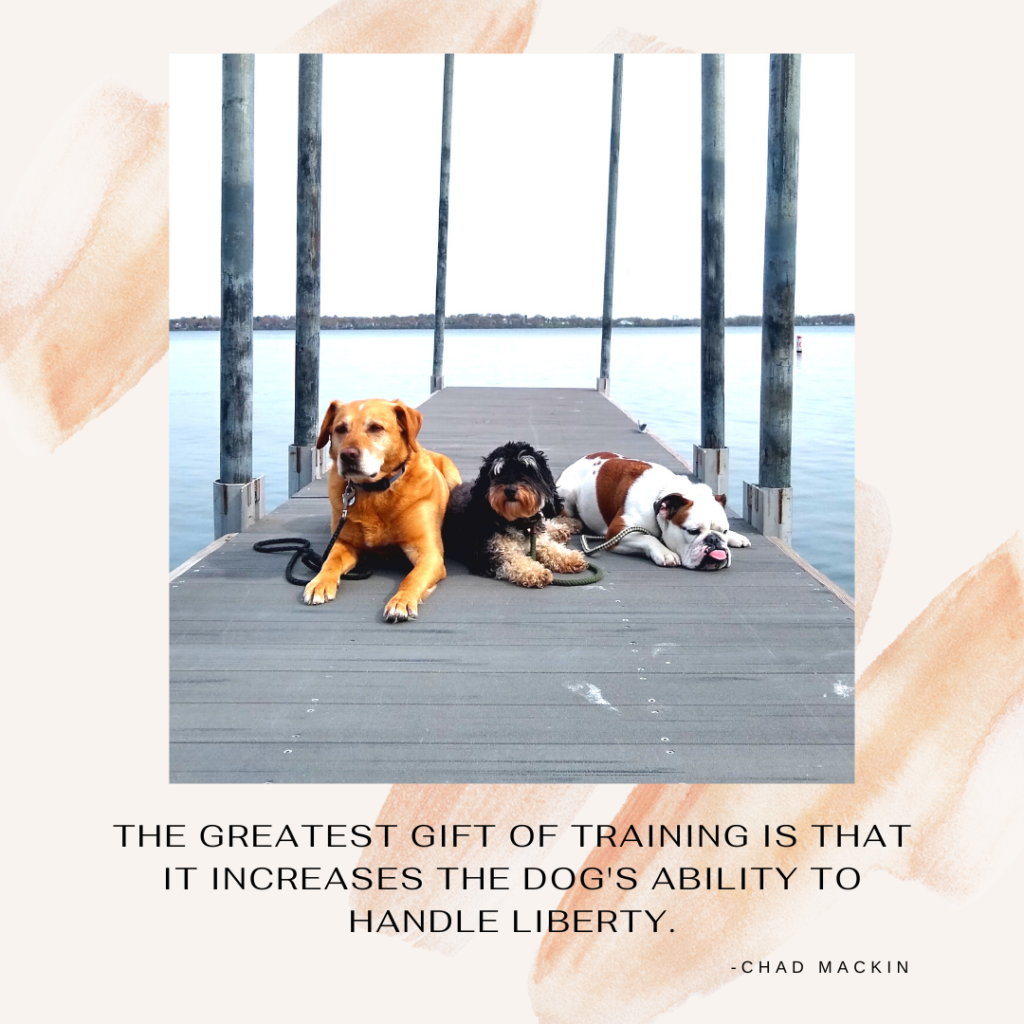A message to all owners of fearful dogs: please stop forcing interactions between your dog and strangers.
The fastest way to lose your dog’s trust is to force them into something they aren’t comfortable with. If your dog is showing any signs of discomfort with a stranger (ears back, tail between the legs, barking, trying to back away, nervous peeing), please listen. Provide space so that your dog doesn’t feel the pressure to interact. If you don’t heed those signs, your dog will stop trusting you and will likely try to control the situation herself (cue reactivity, running away -a lost dog, or a bite).
Shelby here is a nervous girl. She came in barking at everyone and everything that blew the wrong way in the wind. She was nervous. She was fearful. She didn’t trust anyone outside of her core group of humans. I was lucky enough to gain her trust quickly (maybe a little less about luck and a little more about strategic interactions). So then it became my job to not only protect her space, but help introduce her to this scary world. But first and foremost, it’s my job to make her feel safe. That means creating space, coaching people on how to interact with her (hint: Don’t. Don’t look at her, don’t say her name, simply pretend she doesn’t exist).
By removing all pressure from other people, it gives her the chance to understand that strangers are safe, that I have control of the situation, and that only if she chooses, she can interact with them. That last piece is huge for her to understand.

This picture is of my husband, Clayton, and Shelby. This is day 6 of her training program. Over the past 6 days, she’s seen him, heard his voice, even went on a short walk with him. But she didn’t trust him -he’s tall, has a deep voice, a giant beard, so I don’t blame her. 😉 So he just kept ignoring her and simply existing in her space. And then today she decided, “hey, he’s not such a bad guy. I think I like him!” And just like that, she was in his lap, giving him kisses, asking for belly rubs.
Give your dog time. Six days may seem like a long time, but in the grand scheme of things, it’s really not. We can’t force fear out of your dog, but we can show them that the world is safe. And that takes time.


